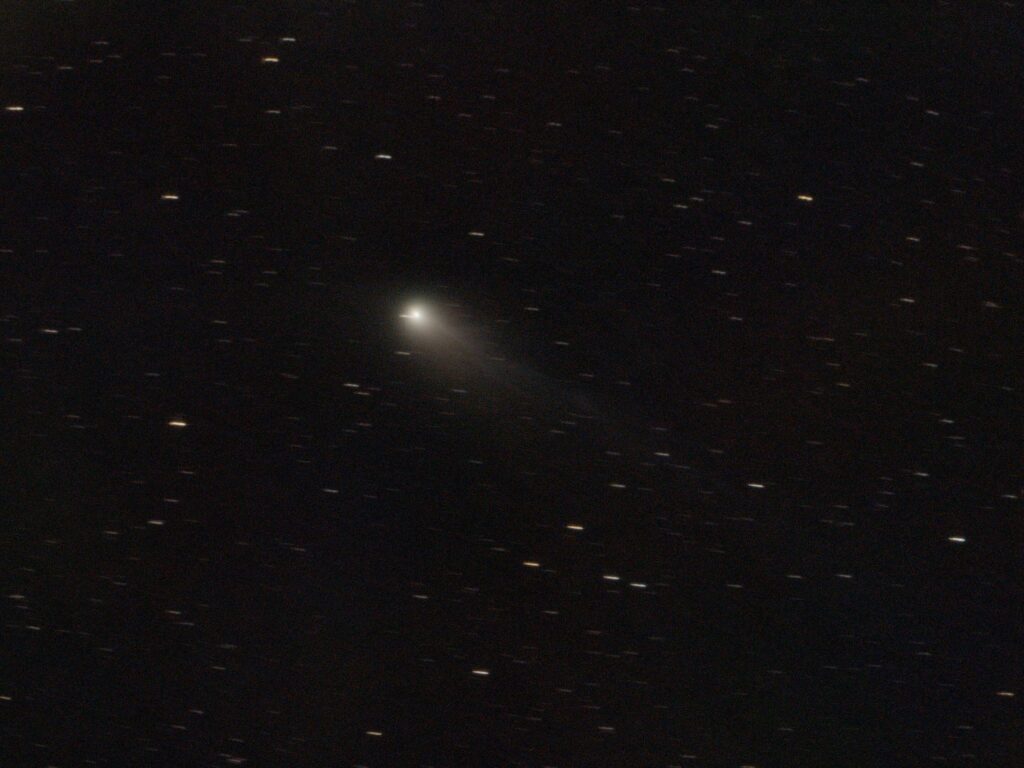astronomy
Celestial Wonders: The Return of Comet 13P/Olbers
Stargazers and astronomy enthusiasts, mark your calendars! After a 68-year voyage through the vast reaches of our solar system, Comet 13P/Olbers is making a grand return, bringing with it a spectacular opportunity for celestial observations. On July 20, 2024, this fascinating cosmic traveler will be at its closest point to Earth, offering a unique glimpse into the dynamic and ever-changing universe we live in.

A Brief History of Comet 13P/Olbers
Discovered on March 6, 1815, by the German astronomer Heinrich Olbers, the comet that now bears his name has intrigued astronomers for over two centuries. Olbers, observing from Bremen, noticed the comet when it was faintly visible to the naked eye. Since its discovery, this periodic comet – named so due to its regular returns to the inner solar system – completes an orbit around the sun every 68 years.
The Spectacular 2024 Close Approach
This year, Comet 13P/Olbers made its perihelion (closest approach to the sun) on June 30 and is now racing towards its closest approach to Earth. On the evening of July 20, it will be about 176 million miles (283.5 million km) from our planet. Despite this considerable distance, Comet 13P/Olbers is currently the brightest comet gracing our skies, primarily found in the constellation of Ursa Major but swiftly moving toward Leo Minor in the northwestern sky.

How to Observe Comet 13P/Olbers
For those eager to catch a glimpse of this celestial wanderer, the current week offers the prime viewing window. Although the comet’s brightness is pegged at a magnitude of 6.5 to 7 – typically below the threshold of visibility to the naked eye – it should be readily observable through binoculars or a small telescope.
Observers in the Northern Hemisphere are particularly in luck, as they’ll have the best chance of spotting the comet. If you’re near the equator, try your luck by searching low on the horizon just after sunset, especially around July 16 when Comet 13P/Olbers will pass close to the irregular galaxy NGC 3104 in Leo Minor. This close passage not only provides a treat for the eyes but also a golden opportunity for astrophotographers looking to capture both the comet and galaxy in one frame.
A Celestial Event Not to Miss
Considering the next return of Comet 13P/Olbers is slated for March 2094, this year’s close approach serves as a rare and significant event for both amateur and professional astronomers. The comet’s journey through the cosmos is a reminder of the relentless and beautiful dynamism of our universe.
So whether you’re a seasoned astronomer with sophisticated equipment or an amateur stargazer with a simple pair of binoculars, make sure to step outside and take advantage of this cosmic spectacle. Observing and appreciating heavenly events like the return of Comet 13P/Olbers not only enrich our understanding of the universe but also add to the collective wonder and mystery of our starry skies.
Don’t miss the chance to observe Comet 13P/Olbers as it makes its closest approach to Earth on July 20, 2024. It’s a fleeting visit, and one not to be repeated for another 70 years. Grab your telescopes and binoculars, and look up to the stars, for there lies a wanderer from the depths of space, momentarily close enough to whisper the secrets of the cosmos.
Check out the article posted on EarthSky.com, they have sky maps so that you can find and track the comet. https://earthsky.org/space/comet-13p-olbers-finder-maps/
The science section of our news blog STM Daily News provides readers with captivating and up-to-date information on the latest scientific discoveries, breakthroughs, and innovations across various fields. We offer engaging and accessible content, ensuring that readers with different levels of scientific knowledge can stay informed. Whether it’s exploring advancements in medicine, astronomy, technology, or environmental sciences, our science section strives to shed light on the intriguing world of scientific exploration and its profound impact on our daily lives. From thought-provoking articles to informative interviews with experts in the field, STM Daily News Science offers a harmonious blend of factual reporting, analysis, and exploration, making it a go-to source for science enthusiasts and curious minds alike. https://stmdailynews.com/category/science/
